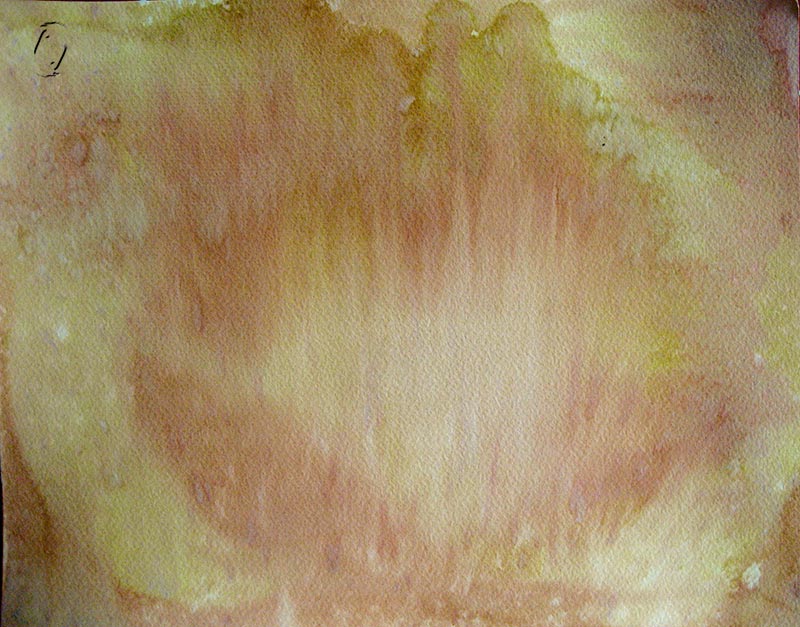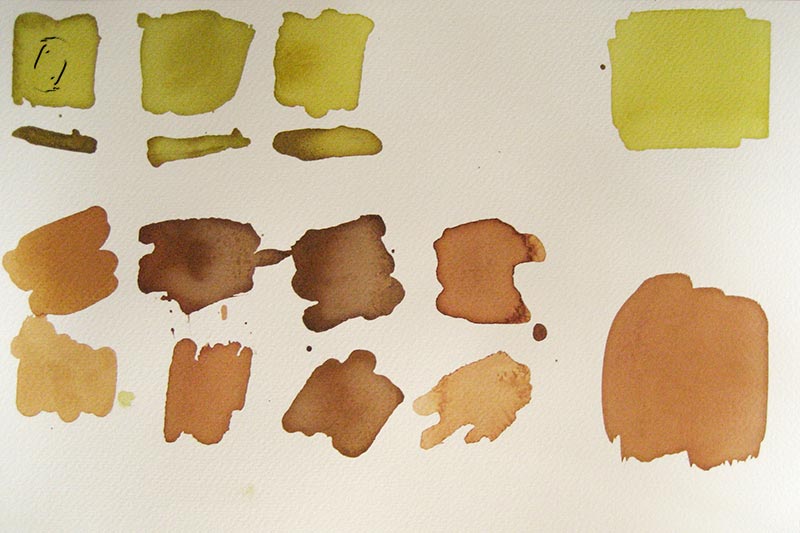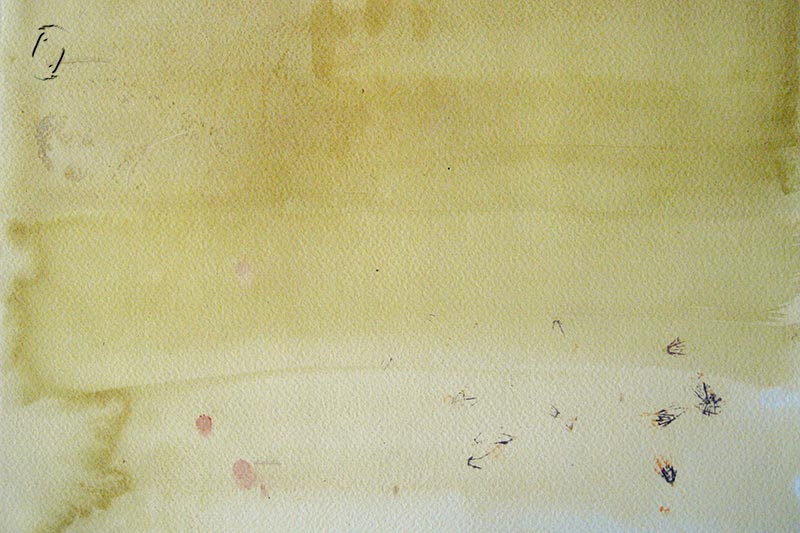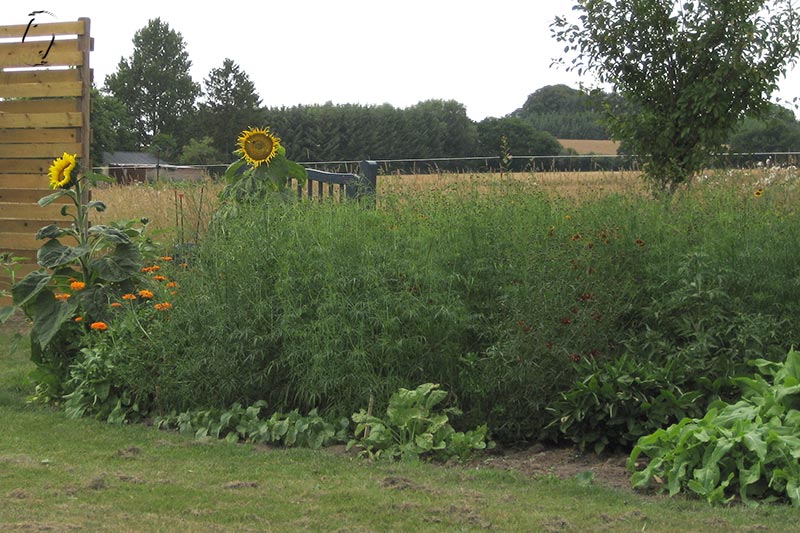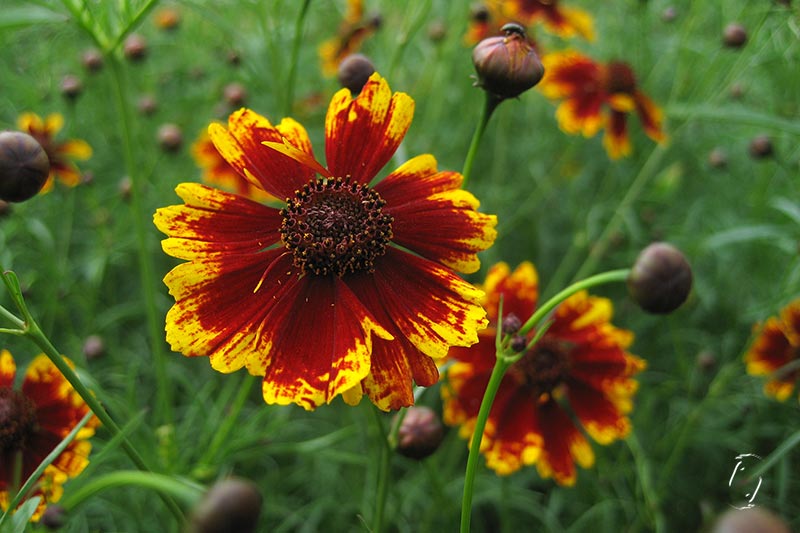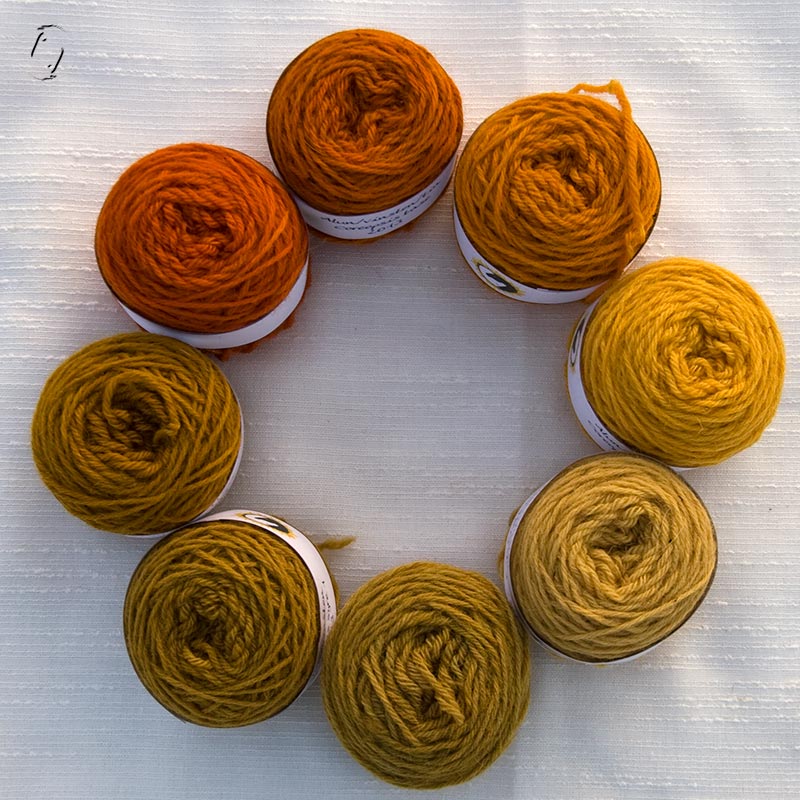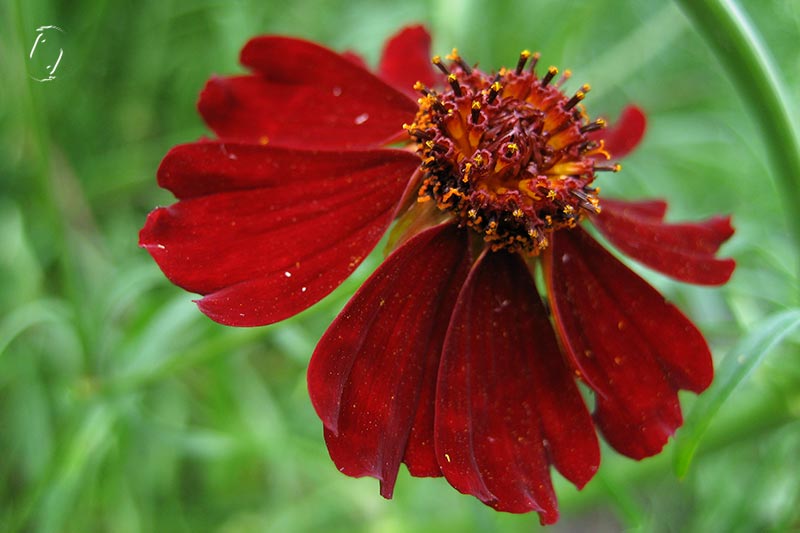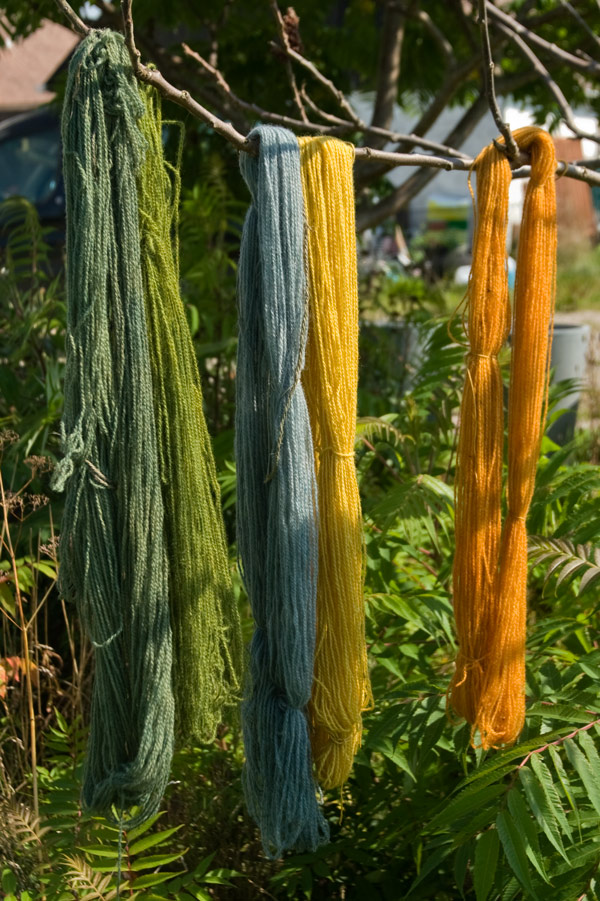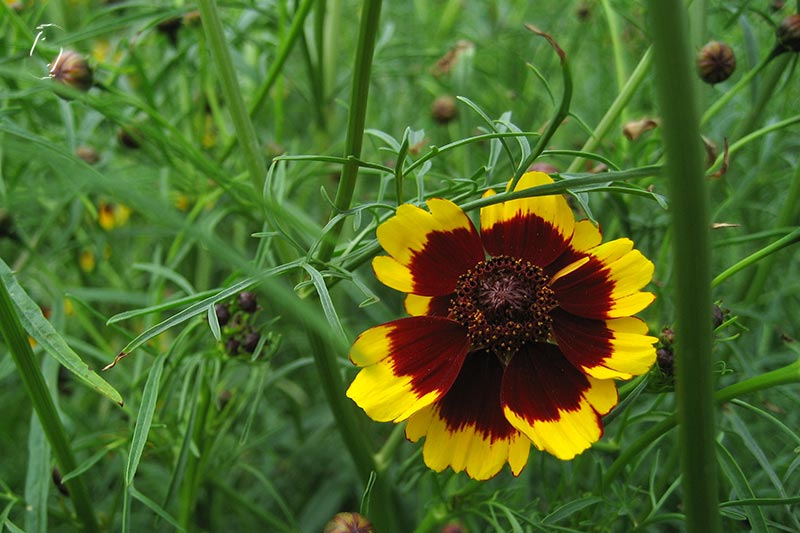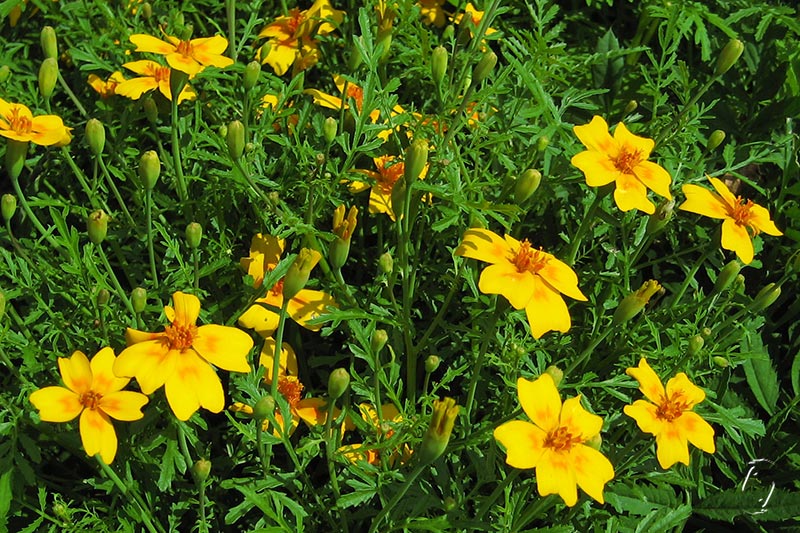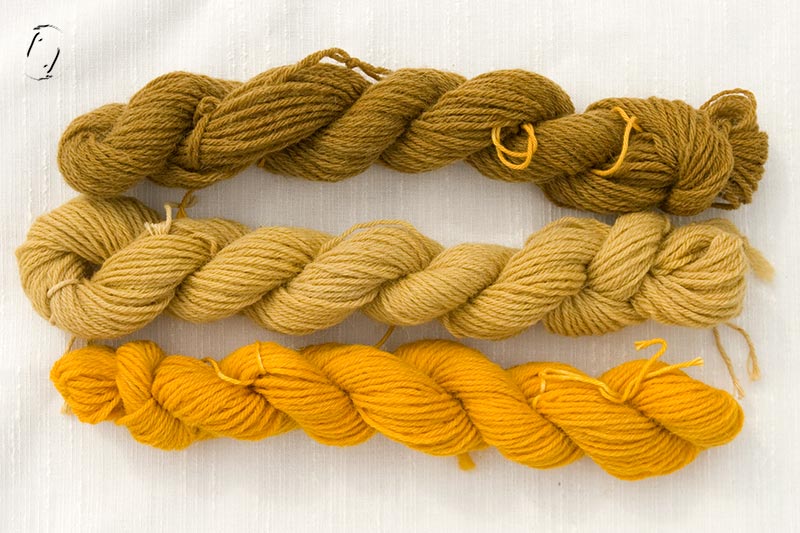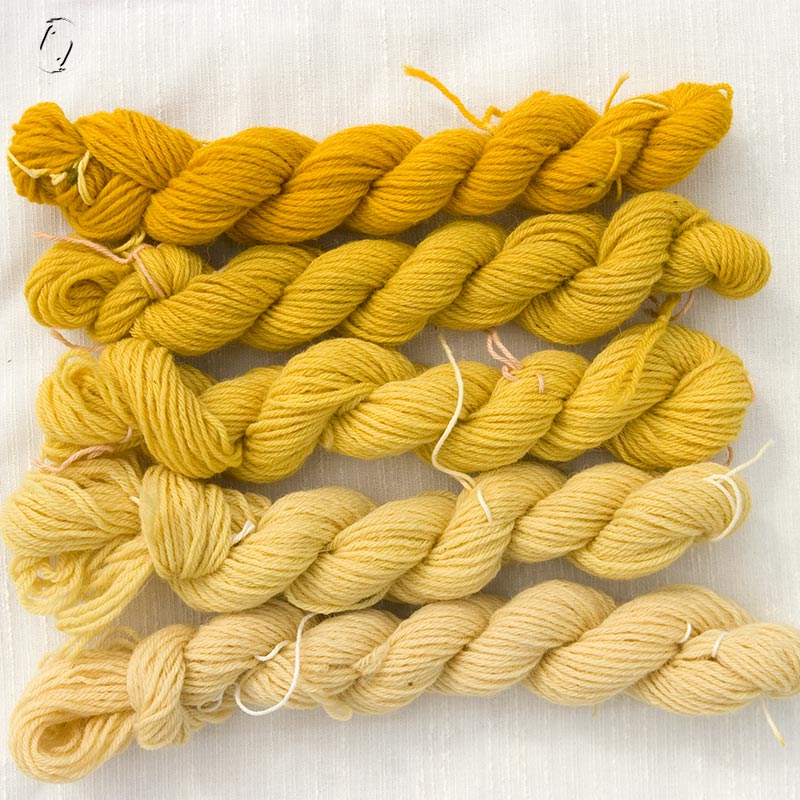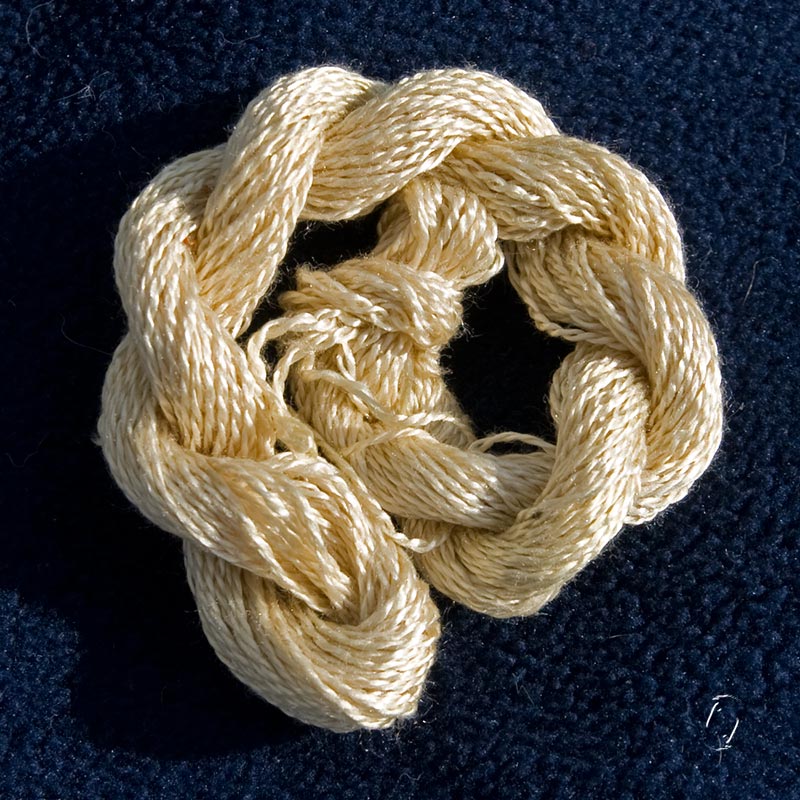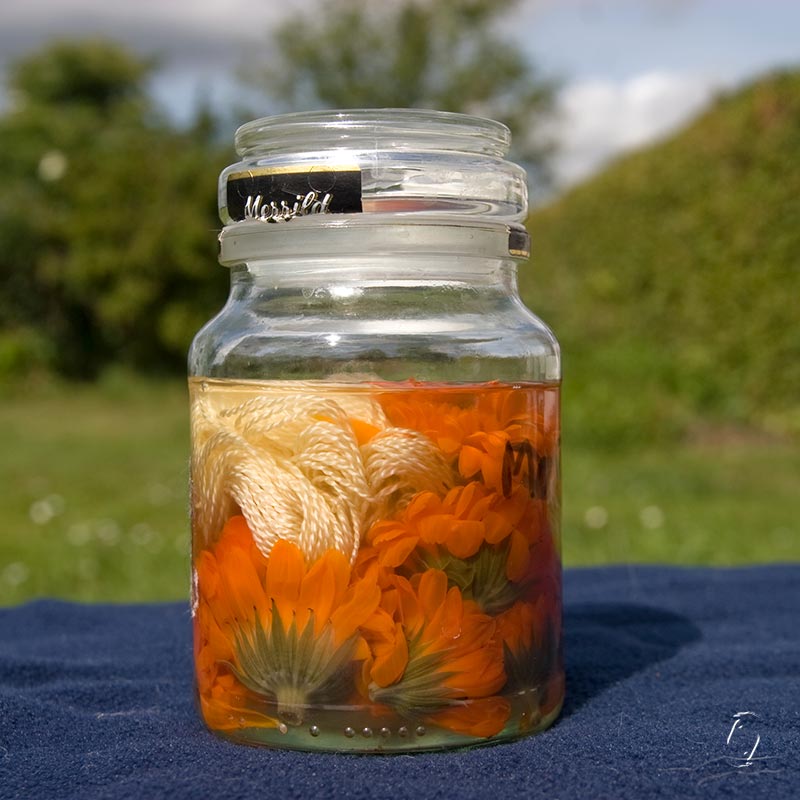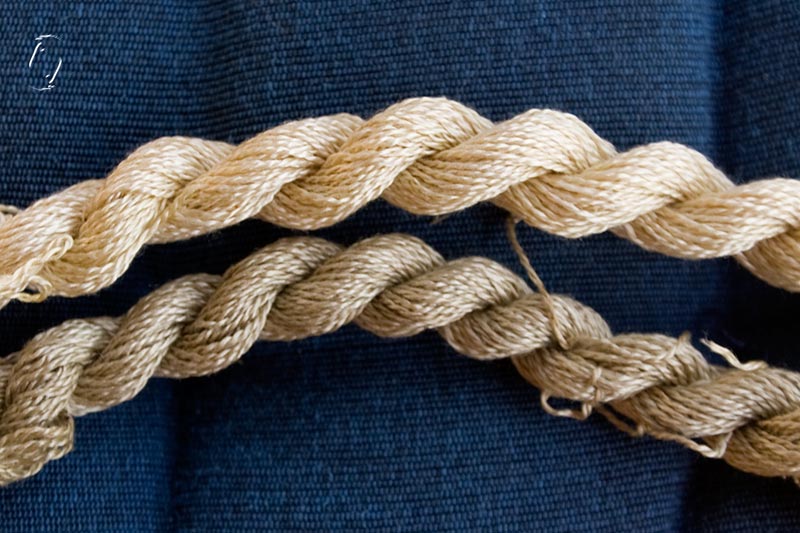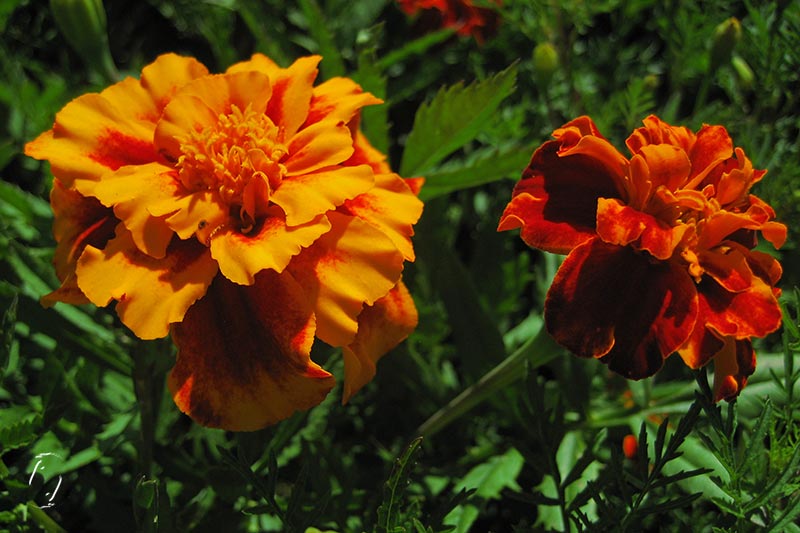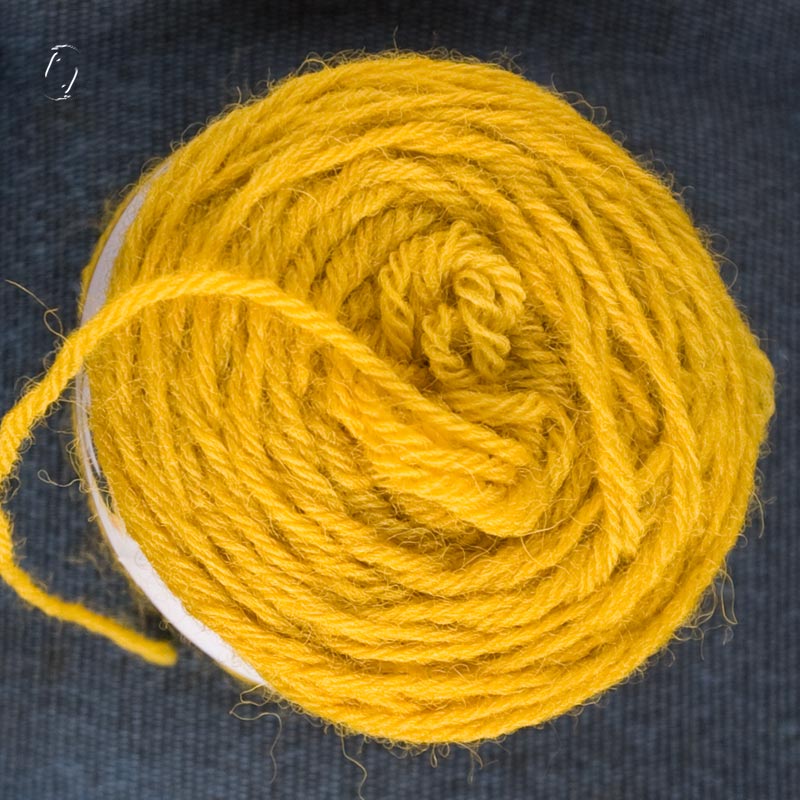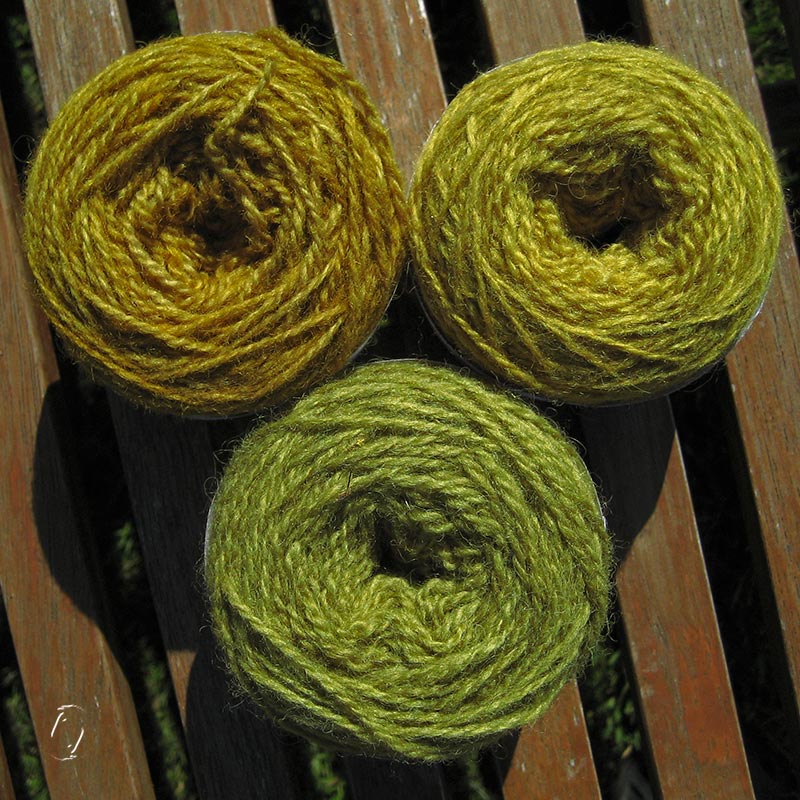Heidi told me about making water colours from plant dye, so I just had to give it a go even though I don’t really have the time or energy right now for another project.
I still need to work on getting a more concentrated solution, the day I did this I had to go out, so I couldn’t let it sit on the stove to steam for hours. There’s also a matter of how long it’ll keep, my first jars were too tall for the fridge, then I managed to not have time to test the liquid for days. Then it got cold and rainy and not good for picking flowers… you get the idea.
So I’ve just been doing some washes, layering the solutions to see how dark they would go, adding iron and copper as well as soda ash and vinegar to modify. Nothing happened in fact, it may need to be heated – again, no time. And then I noted several days after, that my swatches had changed colour. So there is a possibility for modification, but a high rate of unpredictability or a steep learning curve in knowing what you’ll get eventually.
I started out with coreopsis and tagetes, meant to do a batch with weld also. But, well. The tagetes turned out very greenish yellow and the coreopsis nearly brown, so I’ll have to do perhaps birch for a warm yellow (or Dyer’s chamomile, which I only have in a dried variety by now)
Then there’s coffee and tea, tea with iron. I’m thinking mainly backgrounds for illustrations, to start off on something not white.
I tried getting direct prints from the flowers by “hammering” them into the paper, but just got brown smudges. The colour is not waterproof after drying, so wetting these papers again for eco printing would probably wash most of it away.
I’ll investigate some more, at some point, for now I hand over the torch in case somebody else has the urge or would like to share their knowledge. I used 10% alum in proportion to weight of the liquid.
Plante-akvarel
Et meget kort og forhastet forsøg pÃ¥ at lave akvarelfarve fra planter. Det fungerer – men er lidt upÃ¥lideligt mht farveændringer via kobber, syre, base, jern osv, da farverne først skiftede pÃ¥ papiret flere dage efter jeg havde malet det pÃ¥. (og allerede smidt varianterne ud). MÃ¥ske det virker bedre at opvarme hver enkelt variant eller lave dem mens det oprindelige bad er varmt.
I virkeligheden havde jeg hverken tid eller ork, skulle i byen den dag jeg kogte blomsterne, så jeg kunne ikke lade dem stå på blusset og dampe mere ind, vejret blev skidt til blomsterplukning og jeg har bare for meget at se til.. Men hvis nogen skulle få lyst og måske endda dele deres erfaringer, så er bolden hermed givet op. Der er brugt 10% alun i forhold til væskens vægt.
Jeg brugte tagetes og skønhedsøje, egentlig ville jeg også prøve vau og birk, men det er det så ikke blevet til endnu.

